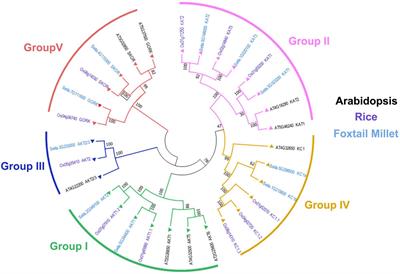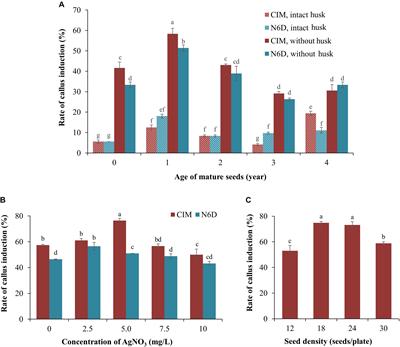ORIGINAL RESEARCH
Published on 09 Jun 2022
Identification and Characterization of Shaker K+ Channel Gene Family in Foxtail Millet (Setaria italica) and Their Role in Stress Response

doi 10.3389/fpls.2022.907635
- 2,006 views
- 12 citations
5,243
Total downloads
19k
Total views and downloads
ORIGINAL RESEARCH
Published on 09 Jun 2022

ORIGINAL RESEARCH
Published on 12 Jan 2022
![Response of Multiple Tissues to Drought Revealed by a Weighted Gene Co-Expression Network Analysis in Foxtail Millet [Setaria italica (L.) P. Beauv.]](https://www.frontiersin.org/files/myhome article library/746166/746166_Thumb_400.jpg)
ORIGINAL RESEARCH
Published on 11 Nov 2021

ORIGINAL RESEARCH
Published on 10 Nov 2020

ORIGINAL RESEARCH
Published on 13 Mar 2020
